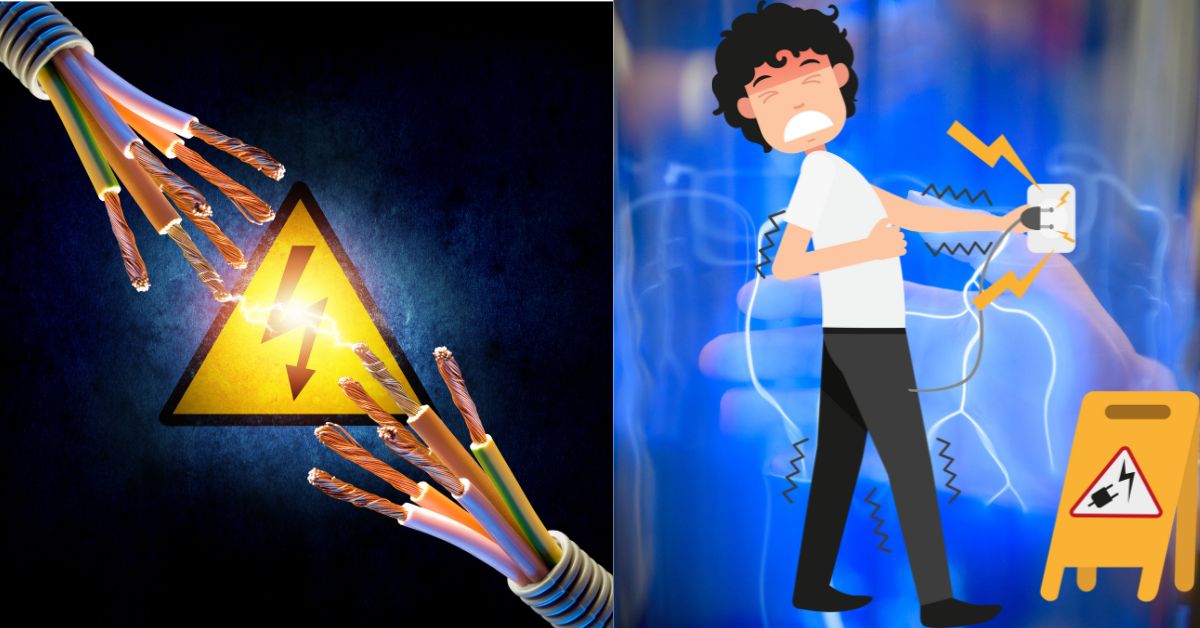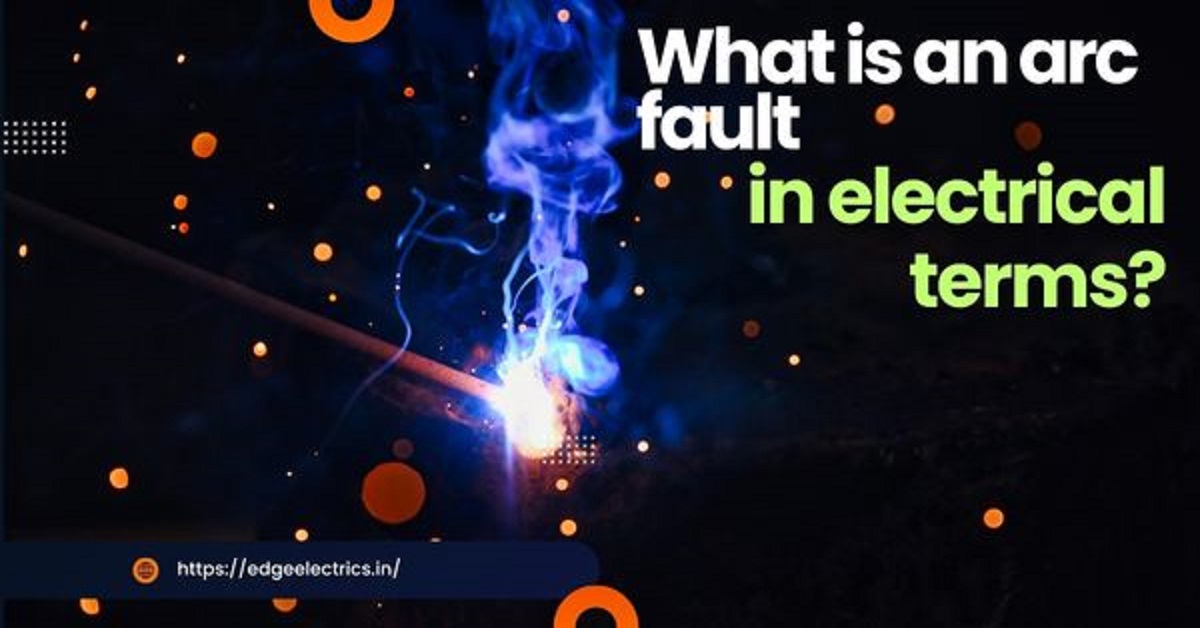
Arc flash incidents are among the most dangerous electrical hazards that workers in industrial, commercial, and utility environments may face. An arc flash occurs when an electric current passes through air. Ionizing the air and creating a high-temperature plasma, which can cause serious burns, fires, and even fatalities. As a result, performing an Arc Flash Analysis has become an essential practice for ensuring workplace safety, regulatory compliance, and minimizing the risk of damage to electrical equipment. In this article, we will explore what arc flash analysis is. Why it’s important. And how it’s conducted to protect workers and ensure electrical system reliability.
What is Arc Flash?
An arc flash is a sudden release of electrical energy through the air when a short circuit or fault occurs in an electrical system. The event creates intense heat, light, and pressure, which can cause severe injuries and damage to equipment. Arc flashes occur due to various factors, such as equipment failure, poor maintenance, human error, or environmental influences. The energy released during an arc flash is capable of causing burns, hearing damage, vision loss, fires, and even fatal injuries, depending on the intensity of the flash and the proximity of workers.
Why is Arc Flash Analysis Important?
- Worker Safety: The primary goal of an arc flash analysis is to protect the lives of workers by determining the level of risk posed by arc flash incidents and providing the necessary precautions. The analysis helps identify potential hazards, calculate incident energy levels, and establish safety boundaries around electrical equipment. Without this information, workers may unknowingly be exposed to dangerous levels of energy during routine tasks.
- Regulatory Compliance: Occupational health and safety regulations require that employers take adequate measures to protect workers from electrical hazards. Agencies such as the Occupational Safety and Health Administration (OSHA) and NFPA 70E provide guidelines on electrical safety, including arc flash risk assessments. Performing an arc flash analysis helps ensure that employers comply with these standards, which may be subject to inspection or audit by regulatory bodies.
- Damage Prevention and Equipment Protection: Arc flash incidents not only put workers at risk but can also lead to extensive damage to electrical equipment, such as transformers, circuit breakers, and switchgear. An arc flash event can result in costly repairs, system downtime, and loss of business productivity. By analyzing the risks and implementing proper safety measures, businesses can reduce the likelihood of such events and protect their investments in electrical infrastructure.
- Insurance and Liability Protection: If an arc flash incident occurs and results in injury or equipment damage, the business may face insurance claims, lawsuits, or penalties. Performing an arc flash analysis and adopting proper safety measures can help mitigate these risks, improve worker safety, and reduce liability in the event of an incident.
Steps in Performing Arc Flash Analysis
- Data Collection: Gather essential data, including system diagrams, transformer ratings, fault current data, and protection device specifications (e.g., circuit breakers, fuses). This provides the foundation for an accurate analysis.
- Modeling the Electrical System: Use software (e.g., ETAP, SKM) to create a model of the electrical system. This model includes equipment ratings, protective devices, and fault current calculations, helping simulate fault conditions and assess arc flash risk.
- Short-Circuit and Fault Analysis: Conduct short-circuit studies to determine fault current magnitudes and the energy released in an arc flash. This analysis is key to understanding how quickly protective devices will clear the fault and the potential for an arc flash.
- Incident Energy Calculation: Calculate the incident energy (in cal/cm²), which indicates the severity of the arc flash. This helps assess worker safety and the required Personal Protective Equipment (PPE) needed to reduce injury risks.
- Arc Flash Boundary Definition: Define the arc flash boundary, the safe distance from the arc flash source where workers could be exposed to dangerous energy levels, typically above 1.2 cal/cm², which is the threshold for second-degree burns.
- Protective Device Coordination: Ensure proper coordination between protective devices like circuit breakers and fuses. Correct coordination minimizes arc flash energy and prevents cascading failures in the system.
- Labeling and Documentation: Use the analysis results to generate arc flash labels for electrical equipment, indicating incident energy levels, arc flash boundaries, and PPE requirements. This ensures workers are informed and can take necessary precautions.
- Review and Maintenance: Regularly update the analysis as electrical systems change, with new equipment or modified settings. This ensures the arc flash analysis remains accurate, keeping workers protected.

Key Standards and Regulations
There are several important standards that guide arc flash analysis and workplace electrical safety:
- NFPA 70E (National Fire Protection Association): NFPA 70E is the primary standard for electrical safety in the workplace. It outlines requirements for electrical safety programs, hazard assessments, safe work practices, and PPE selection for electrical work. The standard requires that employers perform an arc flash hazard analysis and provide the necessary protection for workers.
- IEEE 1584: The IEEE 1584 standard provides guidelines and methodologies for performing arc flash hazard calculations. It offers formulas and detailed instructions for calculating incident energy levels, arc flash boundaries. And recommended PPE based on various system configurations.
- OSHA (Occupational Safety and Health Administration): OSHA mandates that employers ensure a safe working environment, including protection from electrical hazards. OSHA standards, such as 29 CFR 1910.333, require arc flash hazard assessments for certain types of electrical work.
Conclusion
Arc flash analysis is a vital component of electrical safety management in modern workplaces. It helps identify potential hazards, calculates the energy levels associated with arc flashes. And ensures that the team implements appropriate safety measures to protect workers from injury. By adhering to regulatory standards, performing thorough risk assessments, and providing proper labeling and training. Organizations can significantly reduce the risk of arc flash incidents. This proactive approach not only safeguards employees but also protects valuable electrical equipment. Reduces downtime, and ensures compliance with safety regulations.
continue reading

